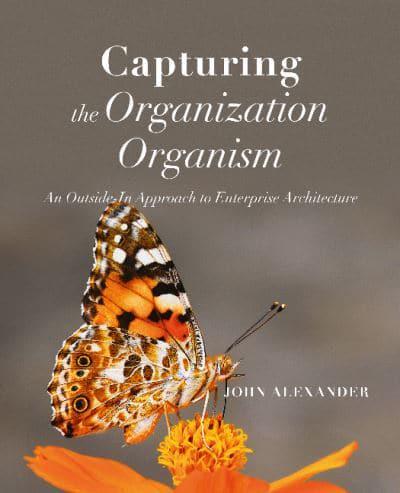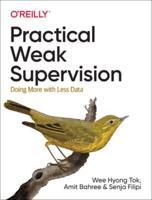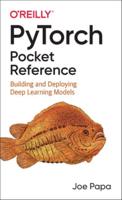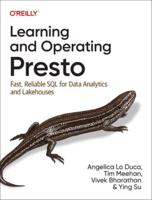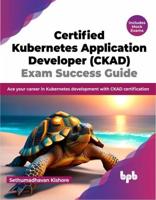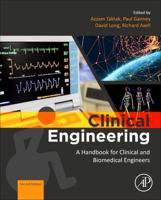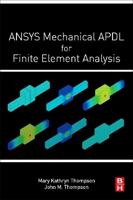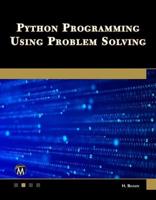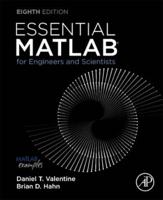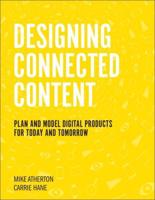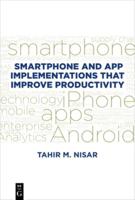Publisher's Synopsis
This book will demystify Enterprise Architecture (EA), demonstrate its usefulness, and empower you to make EA an integral part of your organizations business management and forward planning. An organization is like a living organism. The architecture of an organisms internal structures must allow that organism to thrive within the environment in which it is operating. These internal structures within an organism might be organs or tissues; in an organization, though, they are the information systems. As an organisms environment changes, its internal systems and structures must adapt. We will use this analogy as a starting point to discuss the why and what questions of enterprise architecture for information systems in organizations. To begin this process, we must switch from the traditional EA approach of looking only at internal factors, to a new, holistic view that considers the external environment. In other words, while most EA discussions are inside-out, in this book, we will attempt to go outside-in. This book outlines a structure for organisations which is common to all organisations, regardless of the enterprise that they are involved with. Uses data subject areas from one part of enterprise architecture, the enterprise data model artifact, to describe what is internal and what is external to the organisation. Provides connections between what is external and what is internal. This means describing how change is transmitted from external to internal environments, and how that change affects the architecture. Defines the enterprise architecture of business functions and business application systems that, at a broad level, are common to all organizations. Explores how common business application systems for organisations need to be different due to the different business environments in which they operate. Explains the integration requirements across an organisations business application systems, and how to address these requirements with a disparate COTS-based portfolio, while also exploring the Artificial Intelligence (AI) possibilities of an integrated environment. Reveals six key questions to help get started in understanding the organisation and its operating environment.
